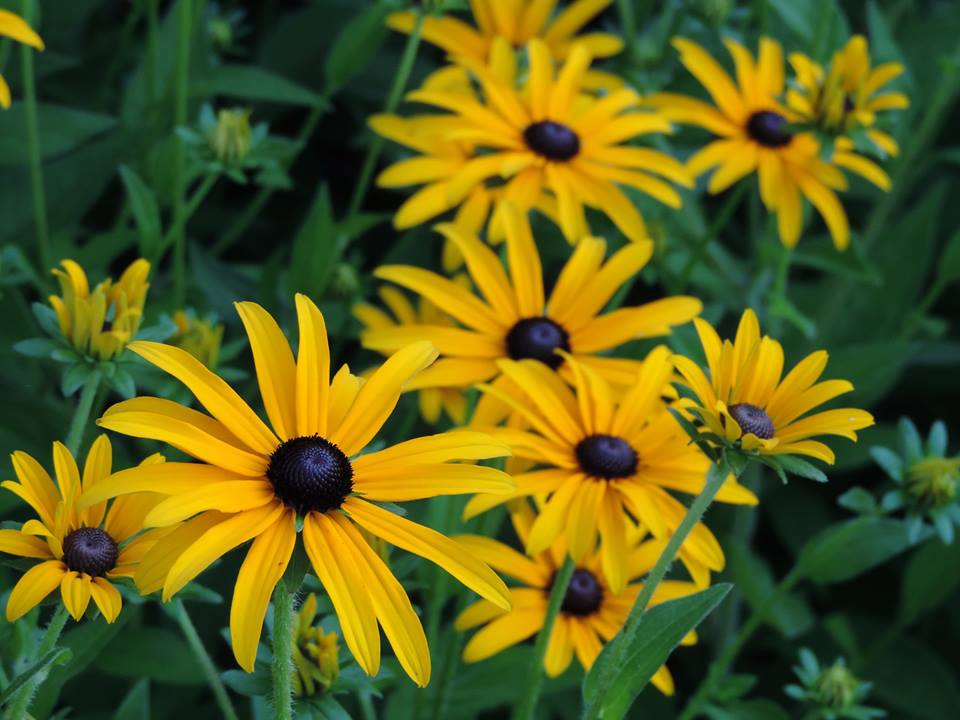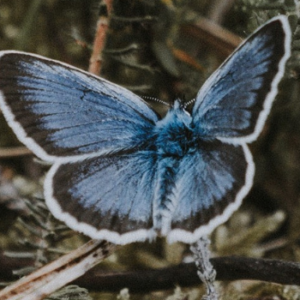Recipe for a garden full of birds, butterflies and bees through native plants
Gardening is a great way to de-stress by communing with nature and getting some fresh air and mild exercise. Gardeners know this from personal experience. But you may not know that gardening can also be a means of conserving biodiversity. Biodiversity is the living part of the natural world, from species to ecosystems. Biodiversity is in decline worldwide due to habitat loss, and various other anthropogenic causes. You can create habitat and increase biodiversity in your backyard — including wild birds, native butterflies and bees — by choosing the right plants – native plants!
Many insect species feed directly on living plants; they’re called herbivores. A long time ago our native insect herbivores coevolved with native plants – the plant species that were here in North America before the European settlers arrived. Most native insect herbivores, such as caterpillars — the larval form of butterflies and moths — can eat only the living green leaves of native species they coevolved with. By planting native species you’ll greatly increase insect diversity and abundance in your garden because you’ll be providing insect herbivores with the particular foods they need to survive.
Now, some people might be thinking, “I don’t want more insects in my yard, I want less!” This point of view is understandable. The problem is, most of our beloved wild birds depend on abundant insect populations to feed their young. If you want birds, you’ve got to have bugs! And, if you want lots of bugs to feed your birds, you’ve got to have their native food plants. Furthermore, the fruits and seeds of native plants will provide food for adult birds.
Native plants play a key role in maintaining food webs, or the relationships between animals and what they eat. However, most garden plants are non-native species. “Non-native” means that the species did not evolve in North America but evolved elsewhere, such as temperate Europe or Asia. Most gardens are full of non-native plants, and therefore devoid of food for native insects, the insects themselves, and the animals that depend on these insects for food. But this can be reversed, simply by planting native species.
A native plant garden is also the best all-around pollinator garden. Native plants provide abundant floral resources (pollen and nectar) that pollinators depend on for food. Canada is home to hundreds of species of native insect pollinators such as Solitary Bees, Bumble Bees, beetles, flies and butterflies. And, as mentioned above, many butterflies and moths depend on the leaves of native plants. The larvae need their native food plants to eat, grow and ultimately become the beautiful, colourful winged adult forms we love to see flitting around our gardens. Caterpillars are bird food, and the winged adults, also eaten by birds, are important pollinators. Beetle pollinators, native fly pollinators such as syrphids, wild bees, and the non-native Honey Bee will find plenty of pollen and nectar to eat in a native plant garden.
In a nutshell, native plants do triple-duty: they provide fresh green leaves for insect herbivores, floral resources for nectar-and-pollen-eaters, and fruits and seeds for adult birds and mammals. Native plants are the only plants that provide all three of these key food resources that keep our native animals thriving and our ecosystems functioning. Native plants feed everyone!



